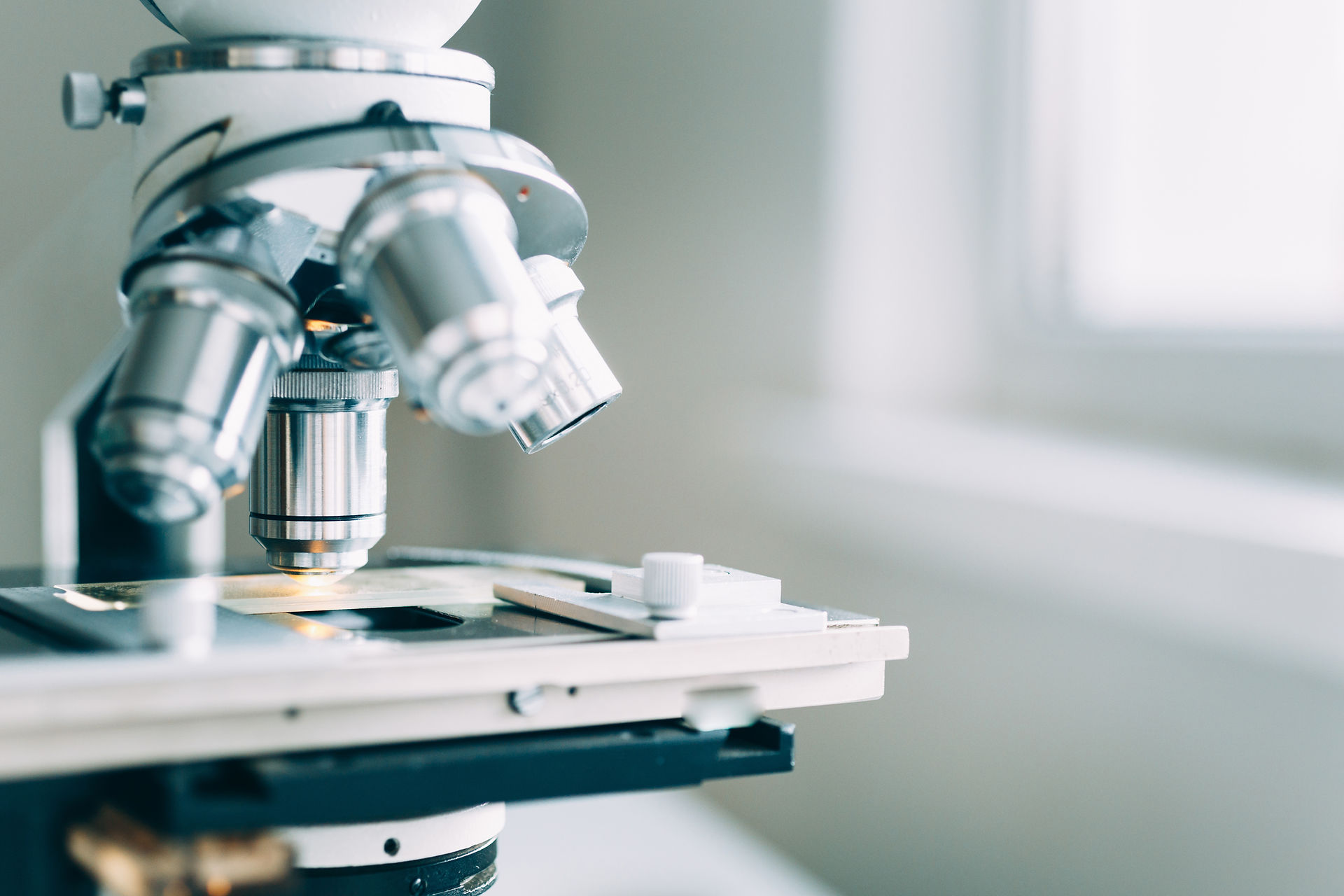Nanoparticles Help in Converting CO2 to Valuable Products
- IIChE-GVPCE(A) Student Chapter

- Nov 18, 2021
- 2 min read
Scientists at Ruhr-Universität Bochum in Germany and the University of New South Wales in Australia have adopted the principle from enzymes that produce complex molecules in multi-step reactions.
Carbon dioxide is not just an undesirable greenhouse gas, it is also an interesting source of raw materials that are valuable and can be recycled sustainably. Researchers have now introduced a novel catalytic process for converting carbon dioxide into valuable chemical intermediates in the form of cyclic carbonates.
An international research team has used nanoparticles to convert carbon dioxide into valuable raw materials. Scientists have adopted the principle from enzymes that produce complex molecules in multi-step reactions. The team transferred this mechanism to metallic nanoparticles, also known as nanozymes. The chemists used carbon dioxide to produce ethanol and propanol, which are common raw materials for the chemical industry.
The chemists used carbon dioxide to produce ethanol and propanol.
“Transferring the cascade reactions of the enzymes to catalytically active nanoparticles could be a decisive step in the design of catalysts,”
In order to imitate this concept, the researchers synthesized a particle with a silver core surrounded by a porous layer of copper. The silver core serves as the first active centre, the copper layer as the second. Intermediate products formed at the silver core then react in the copper layer to form more complex molecules, which ultimately leave the particle.
The German-Australian team showed that the electrochemical reduction of carbon dioxide can take place with the help of the nanozymes. Several reaction steps on the silver core and copper shell transform the starting material into ethanol or propanol.
“There are also other nanoparticles that can produce these products from CO2 without the cascade principle,”
“However, they require considerably more energy.”
Enzymes have different active centres for cascade reactions, which are specialised in certain reaction steps. For example, a single enzyme can produce a complex product from a relatively simple starting material. In order to imitate this concept, the researchers synthesised a particle with a silver core surrounded by a porous layer of copper. The silver core serves as the first active centre, the copper layer as the second. Intermediate products formed at the silver core then react in the copper layer to form more complex molecules, which ultimately leave the particle.
"There are also other nanoparticles that can produce these products from CO2 without the cascade principle," says Wolfgang Schuhmann. "However, they require considerably more energy."
The researchers now want to further develop the concept of the cascade reaction in nanoparticles in order to be able to selectively produce even more valuable products such as ethylene or butanol
SOURCE:
https://www.research-in-germany.org/news/2019/9/2019-09-30_Converting_CO2_to_valuable_resources_with_the_help_of_nanoparticles.html
Journal Reference: Peter B. O’Mara, Patrick Wilde, Tania M. Benedetti, Corina Andronescu, Soshan Cheong, J. Justin Gooding, Richard D. Tilley, Wolfgang Schuhmann. Cascade Reactions in Nanozymes: Spatially Separated Active Sites inside Ag-Core–Porous-Cu-Shell Nanoparticles for Multistep Carbon Dioxide Reduction to Higher Organic Molecules. Journal of the American Chemical Society, 2019; 141 (36): 14093 DOI: 10.1021/jacs.9b07310




_edited.png)





Comments